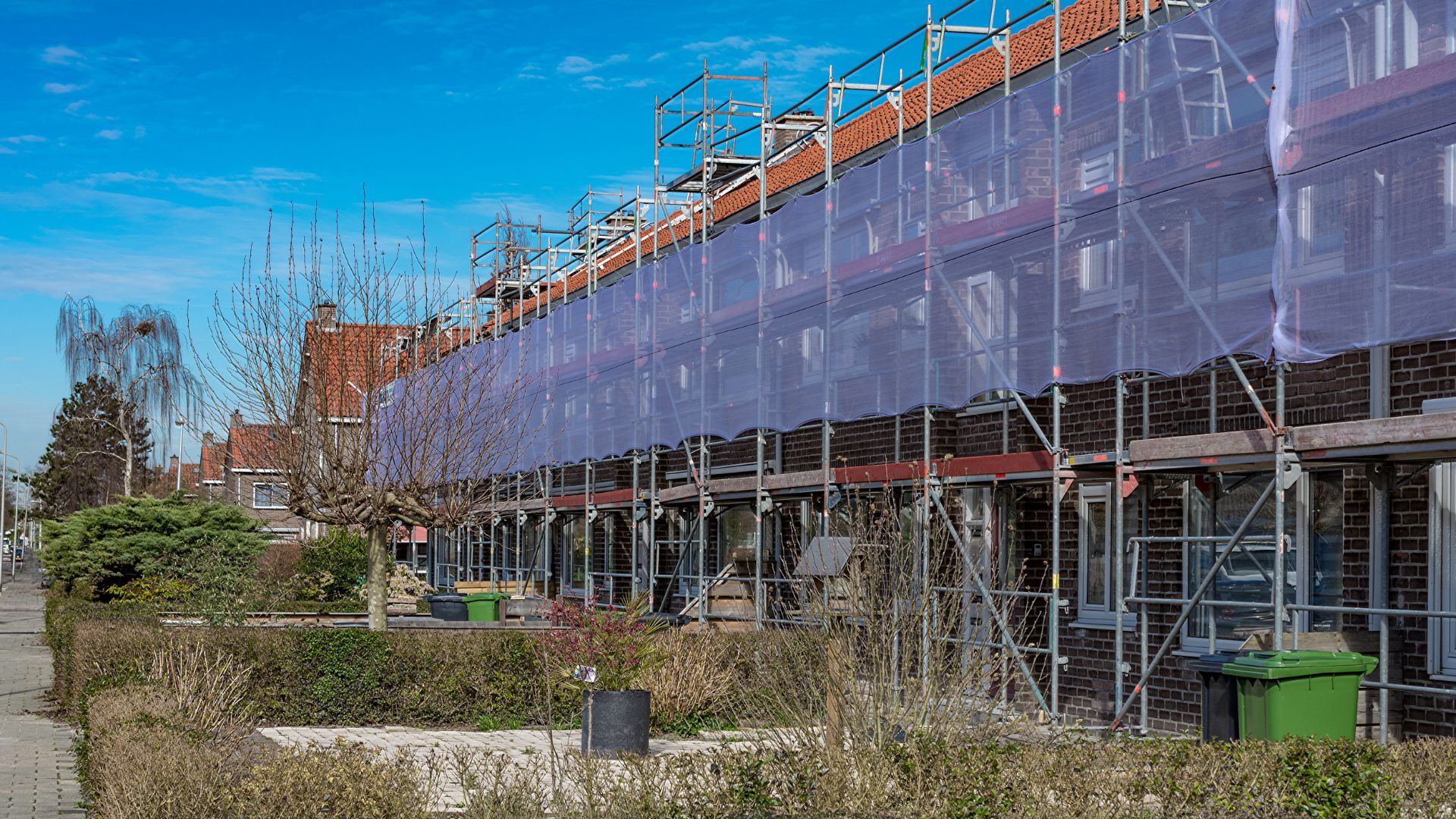Supporting Affordable and Social Housing
A path through the challenge of renovation.
The only way to reach the objectives of reducing CO2 emissions by 55% by 2030 and carbon neutrality by 2050 is to encourage a decarbonisation that is very specific to the different contexts across Europe. The good news is the necessary technologies for a fast transition are here, but the affordable housing sector might need some more support.
This is why the European Affordable Housing Consortium, SHAPE-EU, led by Housing Europe, was established as the point of reference for a socially inclusive Renovation Wave and New European Bauhaus. A set of guiding blueprints will be drafted based on the 100 lighthouse projects of the European Union’s Affordable Housing Initiative.
Finding the most efficient solution for everyone
The district-level approach is the best option for a just energy transition. Not only it allows important cost reductions, achievable through economies of scale, industrialisation, bulk logistics, etc., but it also enables the housing providers and developers to engage with the community, push for a human centred renovation and added sense of ownership and belonging of their homes and neighbourhood.
The district-level approach is the best option for a just energy transition.
‘Lighthouse districts’, from the EU’s Affordable Housing Initiative, represent models of integrated approaches, involving the use smart energy efficient solutions, people-centred business models, and co-creation practices with the residents at the neighbourhood level and engaging several disciplines – creative, green, digital, mobility.
One of these projects is drOp, aiming to come up with a district renovation methodology, addressing the needs of social housing from Spain, Italy and Estonia and transforms these neighbourhoods into smart and inclusive ones. The objective is to develop solutions for positive social change, creating new opportunities within the local economic environment, all while relying on advanced technologies and cultural and creative activities. Once again, a key focus is the involvement of the community.
Using what was done best to do even better
The Consortium partners have as a priority to bring all these good practices forward. They have put together a handbook of inspiring examples. Delivering Affordable ‘Lighthouse Districts’ in Europe aims at encouraging to explore the limits of what is possible, create a new appetite to renovate better, and tap into a new level of ambition.
Such an example is the case of Örebro Bostäder, the first public housing provider in Sweden to include as a condition in the procurement the obligation to hire jobless inhabitants as construction workers for a limited period. In addition, the planning of the intervention aimed at fostering social cohesion in the neighbourhood. 10.000 residents, 32.000m2 area of intervention and €40.000.000 total cost of renovation are just a few figures that can indicate the scale and impact of the project.

The Wir inHAUSer project, from Salzburg, Austria, is an example of zero carbon refurbishment, integrating a shared mobility concept and a resettlement programme. It can be described as remarkable in terms of its comprehensive (award-winning) concept to minimise carbon footprint through energy use, where the innovative mobility approach assumed a pioneering role.
Following a step-by-step approach makes the process easier
While examples of what has already been done are a valuable resource, it has also been important to create a set of guidelines that make that task of an inclusive energy efficient district level renovation seem approachable.
Planned to be published at the end of the project, they focus on different aspects including temporary accommodation for tenants during the renovation period or ensuring cost-neutrality for residents after the renovation operation.
The Renovation Helpdesk is another tool of the project, composed of experts that have the experience of carrying out a lighthouse district. They have volunteered to help other project leaders that are just starting the process to renovate their stock and offer affordable, safe, and suitable housing for their residents.
After two years, the capacity-building programme has reached the finish line, an occasion that was marked with the “Launching 100 lighthouse districts” conference at the European Committee of the Regions on February 21, 2024.
Recommended links
- Renovate Together Forum – a LinkedIn community on district level renovation
- ProLight project – a lighthouse district project, part of the ‘Social and affordable housing district demonstrator (IA)’ call
- SUPERSHINE project – a lighthouse district project, part of the ‘Social and affordable housing district demonstrator (IA)’ call